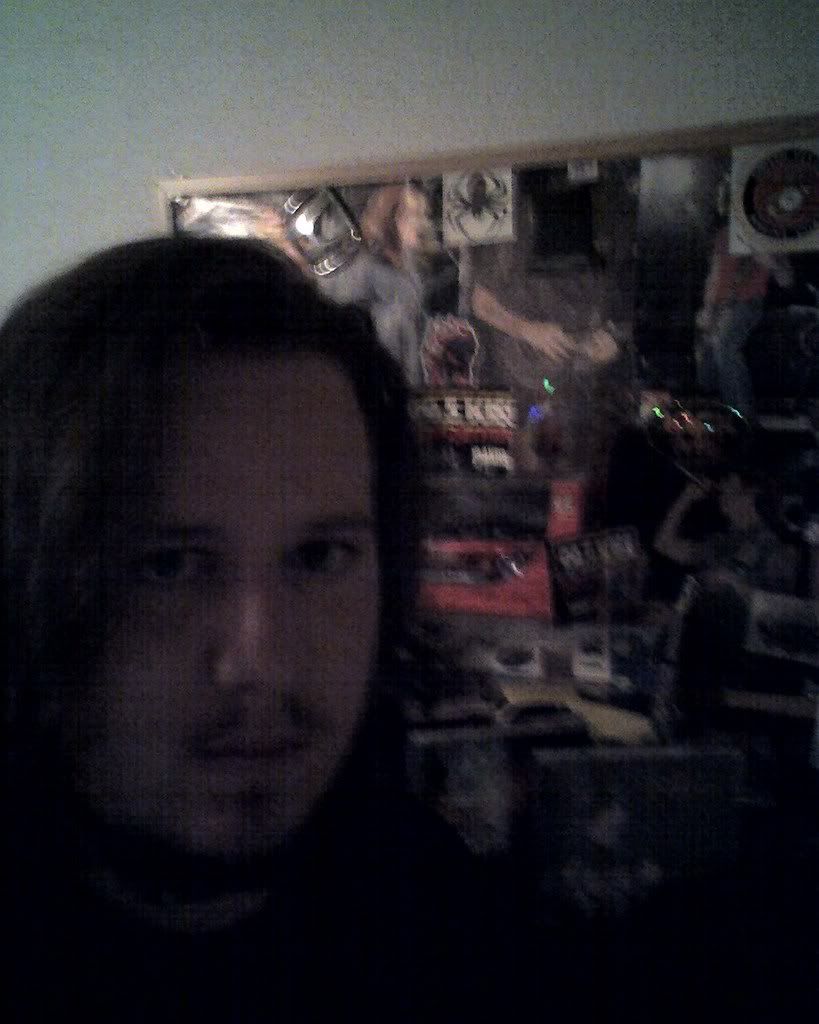

On Friday, September 7th, we took a trip to Mission Espada on the South Side of San Antonio. The Mission San Francisco de la Espada is the furthest south of all the missions in
That is where we begin the tour of the mission grounds itself. We were able to see the weather worn ruins of many of the buildings that were integral to daily life in the missions. One of the first that we saw was the former church and sacristy that were improperly built, thus abandoned by the mission residents in favor of a new church. Our guide informed us that all of the buildings were constructed using rocks quarried from the nearby
We then came upon the most important part of the mission: the church. Natives who were converted were required to pray daily at this church and especially on Sundays. Coincidentally, mass is still held at this very church on Sundays, just like any other church. The most intriguing feature of this church is the doorway, as I mentioned earlier. The arch is a broken arch, meaning that it is not a perfect arch, but rather more of a keyhole shape. The story behind this is that the stonemason who was building the arch abruptly left the mission with no warning. He didn’t leave any plans, only pieces that he had already cut. The people who took over building the arch must have mixed some of the pieces up, so the arch didn’t come out like the original builder had intended. This of course is just an unsubstantiated rumor that adds a little personality to the church.
We proceeded to walk around the back of the church to view one of the many acequias that surround the mission. The acequias were used to divert water from the nearby river for watering crops. This was a fascinating advancement to the natives, who had lived lives as hunter/gatherers. After this, we viewed some more of the remnants of buildings, some of which showed signs of more modern residents (such as pipes and decorations). Our guide explained that descendants lived in these buildings up into the 20th century and still inhabits the area around the mission today.
At the end of the tour, we were standing across the plaza from the church. The plaza is the central grassy area in the mission that most daily activities took place, much like a town square. People would be cooking, teaching, or working in this area. This is also where the soldiers would most likely have trained. Overall, it had been a great experience. The last surprise, however, was a real treat. We were told that we had been walking on the “Camino Real”, one of the oldest known roads in


No comments:
Post a Comment